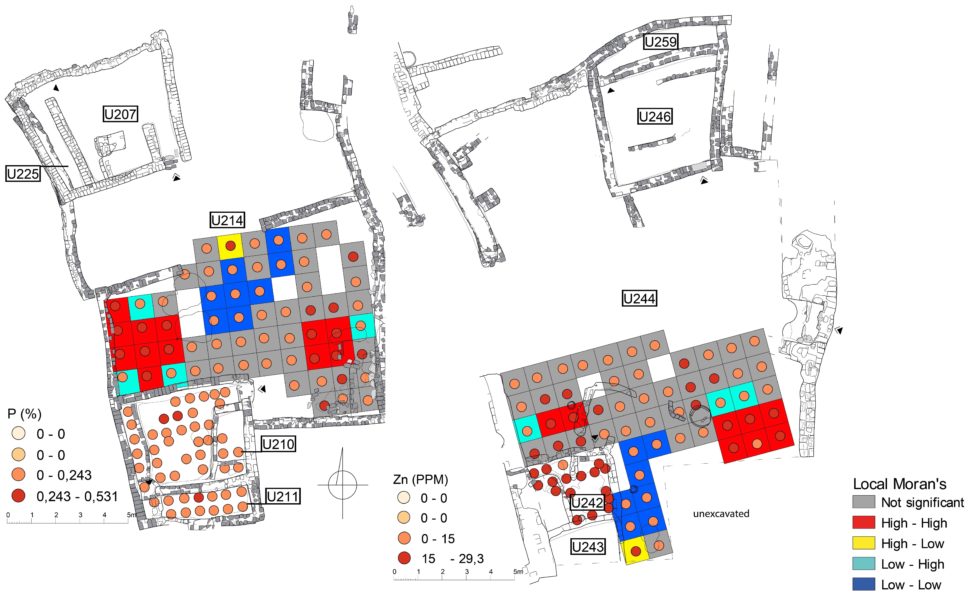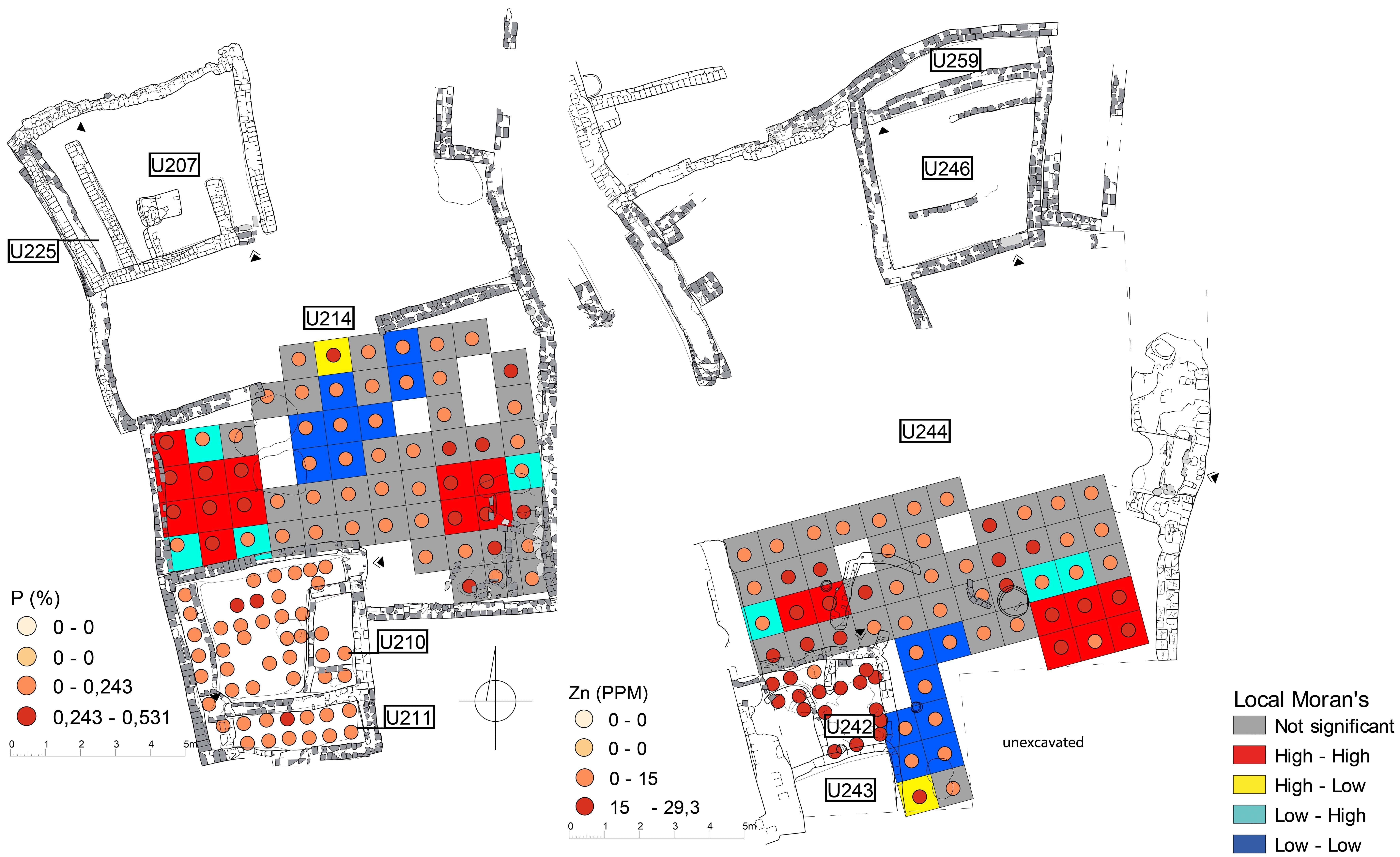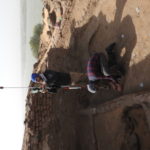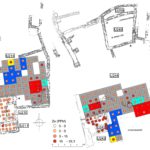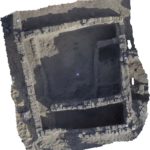A recently-concluded research project conducted by Dr. Maciej Wyżgoł shed light on the functioning of various spaces within houses in the medieval city of Old Dongola in Sudan. The project “Histories imprinted on floors. Functioning of households in Old Dongola after the fall of Makuria in the light of the multielemental analysis of occupational surfaces” was funded by a Preludium 19 grant from the National Science Centre.
The main goal of the project was to identify activity areas, i.e., places where various everyday domestic activities, such as cooking or animal husbandry achieved through multi-element analysis of floors and other living surfaces, because different types of activities leave traces in the form of increased amounts of elements typical for a given activity, e.g., cooking increases the amount of phosphorus, calcium, or potassium, while latrines leave an increased amount of phosphorus and zinc. In this way, the identified activity areas were used to determine the spatial organization of dwellings in Old Dongola from the 14th to the 17th century and to trace any changes in the functioning of houses during this period encompassing the end of the Kingdom of Makuria (14th-15th century) and the period of dominance of the Funj Sultanate (16th-19th century).
During the excavation seasons of 2020/2021 and 2021/2022, samples were taken from the floors in four house compounds dating from the 14th to the 17th century. The results of multi-element analyses conducted using the ICP-AES method (inductively coupled plasma atomic emission spectrometry) revealed variations in elemental composition. Maps presenting these results allowed the identification of areas where increased or decreased concentrations of different groups of elements were recorded. By comparing them with the reference samples taken from ethnographically and archaeologically identified activity areas, used for cooking, as animal pens, or latrines, these areas were correlated with specific household activities, mainly related to food preparation. Such identification was previously difficult due to the lack, or small number, of macro remains, such as tools, querns, or stoves.
The analysis of the use of the domestic space from the 14th to the 17th centuries showed that despite significant similarities in the forms of houses, their spaces were very flexible, and their use was adapted to the current needs of the inhabitants. It also turned out that political changes (the fall of Makuria) and religious changes (the transition from Christianity to Islam) may not have had a significant impact on the shape and development of dwellings.
The implementation of the project “Histories imprinted on floors…” provided high-resolution data, enabling a more nuanced interpretation of the functioning of houses in Old Dongola. Furthermore, the project allowed for a diachronic perspective on households encompassing four centuries. An important result of the project for the archaeology of Sudan has been the testing of the multi-element analysis for studying domestic spaces in the specific conditions of the Middle Nile Valley and adapting it to local geochemistry.
The project was carried out under the Preludium 19 grant from the National Science Centre (2020/37/N/HS3/01400).
Read more about the project here.
-
Fig.1 Pobieranie próbek z podłogi. Samples’ collection. Fot. Tomasz Borowski
-
Fig. 2 Przykład map przedstawiających dystrybucję stężeń pierwiastków powyżej tła w obrębie podłóg. Examples of maps of the distribution of elemental values above the background level within domestic floors. Rys. Maciej Wyżgoł, Agnieszka Wujec
-
Fig. 2 Pozostałości XVI-wiecznego domu. Remains of the 16th century house. Fot. Adrian Chlebowski

